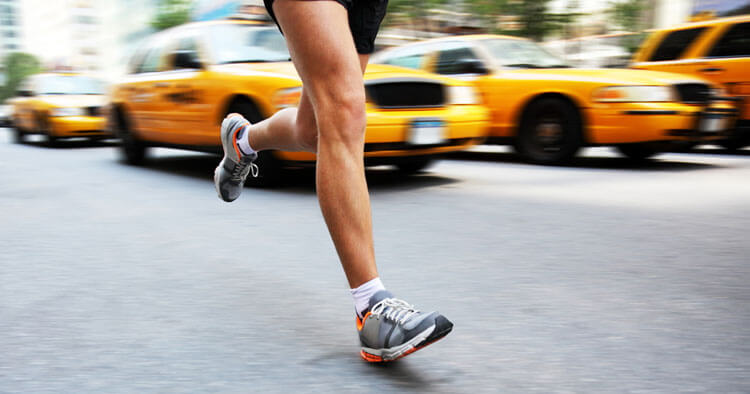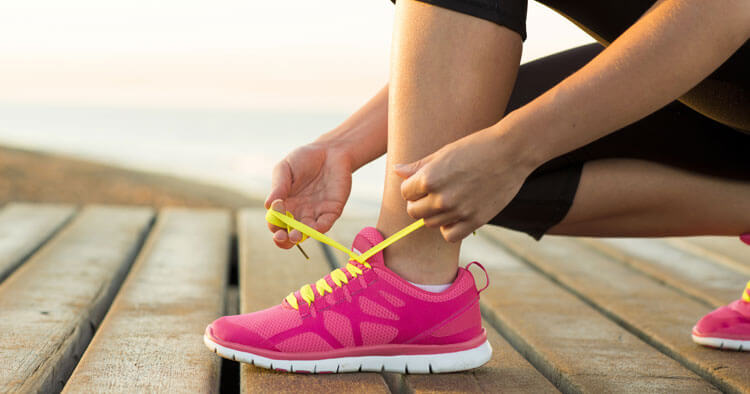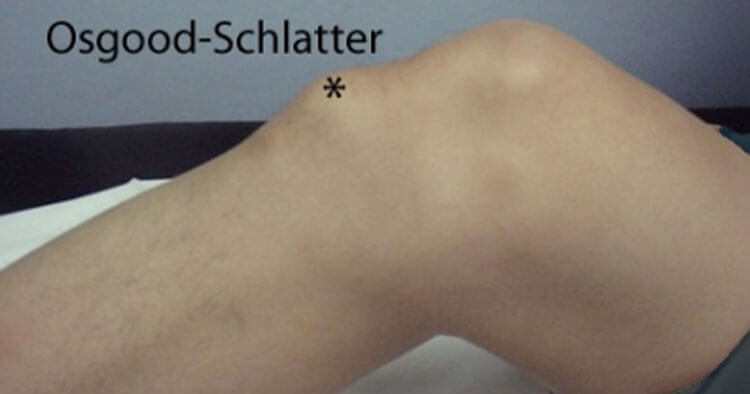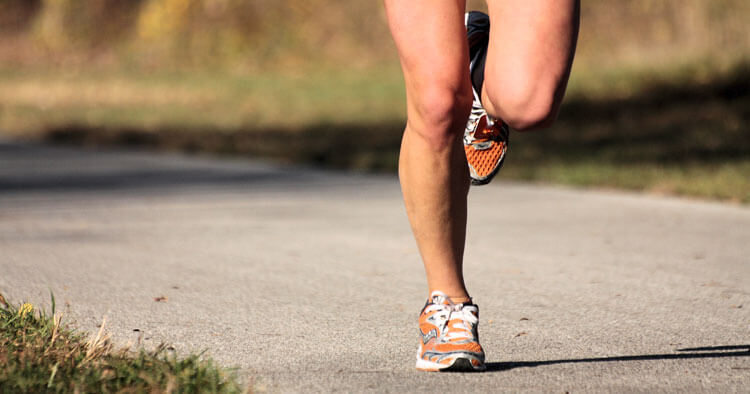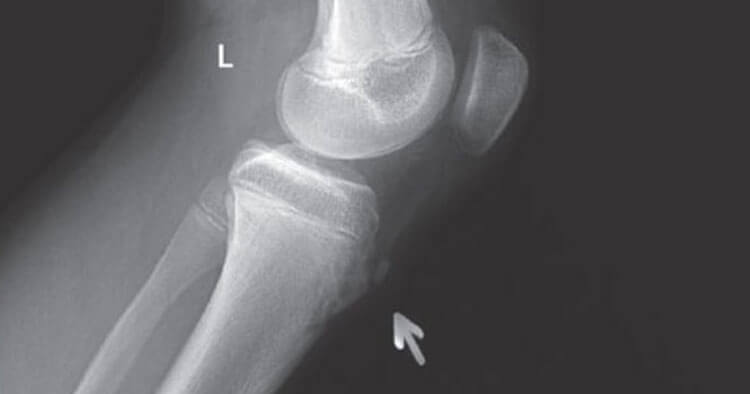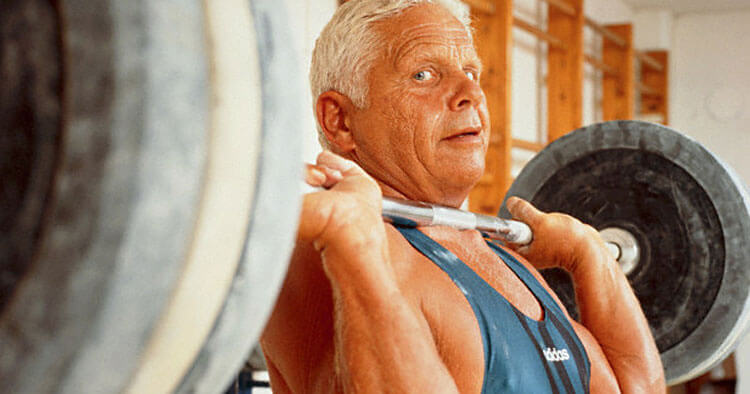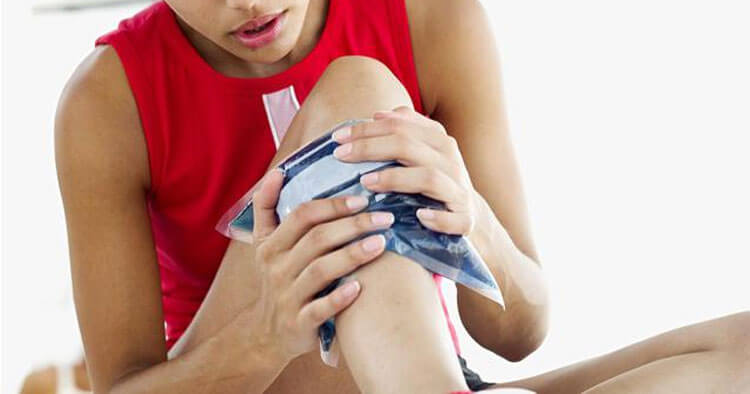Diagnosing Runner’s Knee An X-ray can be used to assess bony changes and signs of malalignment, where as an MRI when compared to other radiological investigations is very good at visualizing cartilage changes. The use of an MRI investigation in the diagnosis of runner’s knee, specifically regrading the grading of severity can be beneficial. However… Read More >
Category Archives: Sports Injuries and Management
Chondromalacia Patella, The Basics Chondromalacia patella, also referred to as patellofemoral syndrome, or runners knee is the most common cause of persistent knee pain. With chondromalacia patella pain the discomfort is typically aggravated by activity, or prolonged sitting with the knees bent (such as sitting at the movies, or whilst on a long haul flight)…. Read More >
Running Injuries, An All To Common Complaint If you are a runner and frustrated with always being injured, rest assured you are not alone, Sports Medicine Australia suggest that around 70% of runners sustain injuries. The biggest risk factor in the development of running injuries is considered to be related to “training errors”. Training errors… Read More >
Diagnosis Of Osgood-Schlatter’s Disease Osgood-Schlatter’s disease is mainly diagnosed by clinical presentation, meaning the presenting symptoms and physical examination of the child are usually enough to hone in on an accurate diagnosis, without the need for any radiological investigations. However, in saying that the use of additional tests, such as an x-ray, ultrasound scan, or… Read More >
Diagnosing Medial Tibial Stress Syndrome Shin splints tends to be used as a catch-all label for pretty much all lower leg pain occurring below the knee in the shin area. A shin splint diagnosis is usually based on medical history and physical examination, often without any need for investigations. The nature of shin splints medically… Read More >
What Is Osgood Schlatter’s Disease? Osgood Schlatter’s Disease, frequently referred to just as Osgood Schlatter’s, is a common cause of knee pain in growing adolescents. The basic anatomy of the area is that at the front of your thigh your quadriceps muscles attach to the shin bone, just below the knee cap via a thick… Read More >
An Increase In Older Weight Lifters In recent years I have noticed a trend of more and more of my older patients becoming seriously invested in weight training as a form of exercise. Lifting weights was previously an activity favored by guys in their 20’s, is now common for both men and women in their… Read More >
When To Ice Verses When To Heat Generally there is still some confusion around the use of ice verses heat when treating injuries and managing pain. Frequently I will have patients tell me they didn’t ice and injury or heat some pain because they weren’t sure which one to use and didn’t want to make… Read More >
What Is Shin Splints? Shin splints refers to pain experienced along the shins, where the pain is typically felt around the middle to lower third of the length of the inside shin bone (known as the tibia). Medically referred to as medial tibial stress syndrome, this form of shin pain often occurs in individuals who… Read More >
FAI A Cause Of Hip Pain In Young Active Adults Femoroacetabular Impingement (FAI) can effect young and middle-aged adults, contributing to hip and groin pain in active adults in this age demographic. It is unknown how many people have femoroacetabular impingement but it is estimated that a Cam deformity one of the few types of… Read More >


